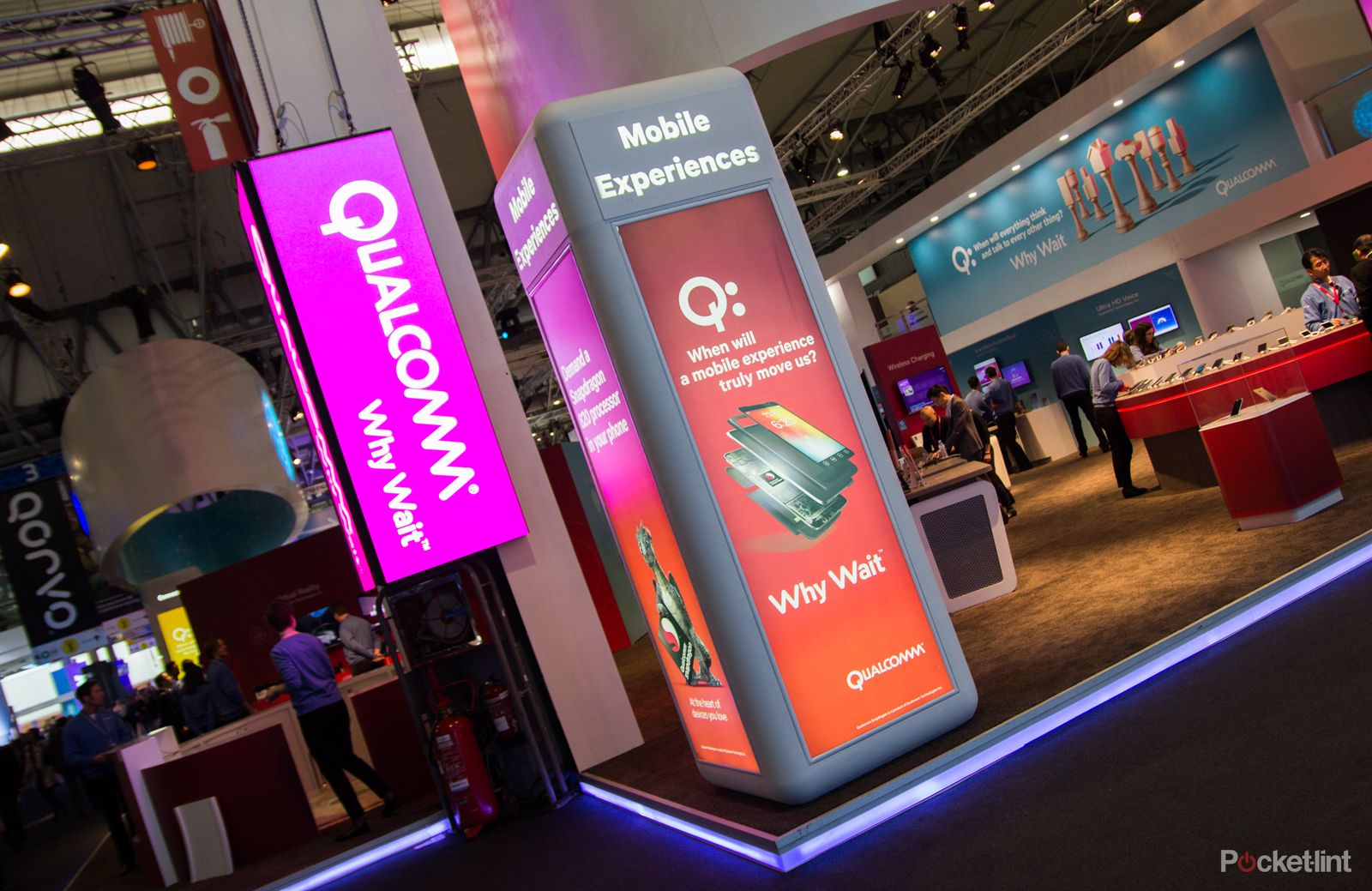The mobile world might be talking about the newly-launched Snapdragon 820, powering the latest devices like the LG G5 and some variants of the Samsung Galaxy S7, but today Qualcomm made the promise of real desktop-rivalling power in its next-gen Snapdragon chipset.
There's a big divide in virtual reality devices at the moment. There are mobile devices powered by your smartphone, like Samsung's Gear VR, and then there's desktop solution, like Oculus Rift and HTC Vive.
The former is compact and mobile, using the power of a smartphone chipset to power the experience, the latter connected to a desktop computer.
Talking about HTC Vive, Chet Faliszek from Valve told us that he expected it to be tethered "for a long time", saying that you needed dual streams of 90fps content heading to the displays for each eye and that an untethered solution couldn't deliver that. Most smartphone displays run at 60fps.
Qualcomm today claimed that they would be able to cut the umbilical to the desktop computer with next-generation Qualcomm Snapdragon hardware.
Talking in a Q&A session at the opening of Mobile World Congress 2016, Steve Mollenkopf, Qualcomm CEO, said that "next-gen snapdragon will bring a lot of desktop type scenarios in mobile devices," and that Qualcomm recognised that in many cases, GPU enhancement was more important that CPU.
He continued, saying that a system on chip, i.e., like a Snapdragon chipset, has an advantage because it can more easily synchronise audio and video, something that's important for an immersive VR experience.
"We see no limitation," said Christiano Amon, executive vice president, Qualcomm.
However, today's top-tier virtual reality system, like HTC Vive, isn't necessarily the end point for VR. Qualcomm might be able to power a similar system with its next-gen mobile hardware, but VR will probably keep moving apace.

